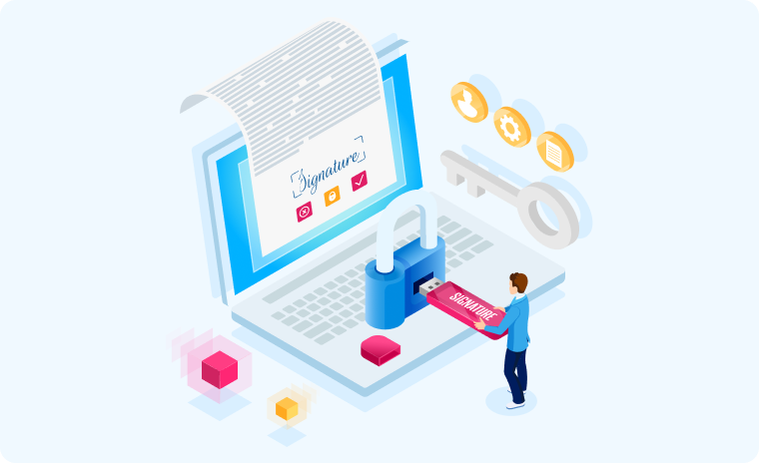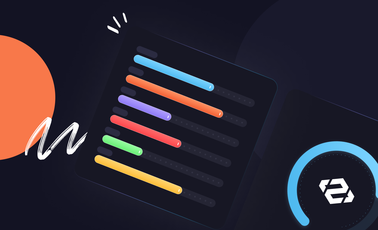What will a No-code Future Look like?
It was exactly ten years ago that Marc Andreessen famously declared that software was eating the world and made a list of all the industries that had already been swallowed whole by that time, adding in his predictions for the future as well. Andreessen was not so much prophesizing as connecting the dots, declaring in crystal clear fashion the logical conclusion of a two-decade-long development. He was proven right over and over again.
Today low-code/no-code technology, which has branched out from the software revolution Andreessen was drawing attention to, is pushing the limits of software use and expanding it into fields that were traditionally averse to technology. What does this tell us about the future? What role can we expect no-code technology to play in the next three to five years? Here is a short list of no-code-related changes we can expect to see in the near future:
1- No-code will take digital transformation to bureaucracy
If there is one domain desperately in need of a digital transformation, it must be the government. For a regular citizen, just the idea of nudging that cumbersome behemoth into taking a particular action is enough to evoke horrors: Spending hours waiting for a single signature or approval from an official or just the go-ahead from an authority who doesn’t even know you are there. Be it an application for a building permit, a transfer of deed or a simple petition drawn out to voice a request, you are slated to waste hours and even days each time you visit a government institution. But it doesn’t have to be that way.
Bureaucratic work offers a huge area of opportunity where no-code can score quick wins and produce very high ROI. The higher the number of authorities needed for their approval, the longer the bureaucratic process. Thinking about it, even the simplest no-code platforms today are capable of tasks such as streamlining paperwork running in parallel, assigning work to different people having taken into account their workload, and triggering certain actions when a task is complete. Actually, considering the relative ease of the necessary steps and the possible savings in terms of man-hours (both from the point of view of the government and the citizens) and the compounded impact that it could have on other parts of the economy, one has a hard time understanding how the use of no-code platforms in government institutions is not already enforced by law.
2- ‘No-code Ops’ will become a thing
Being born out of real needs and empowering people on the frontlines, no-code use in enterprises will be a common sight. Domain experts, having diagnosed a problem, will put on their citizen developer hats and deploy a no-code platform to solve that problem, make the necessary integrations and continue their work without skipping a beat. The writing is on the wall: IT department will have a hard time handling the demand from employees for internal tools and task automation. As a result, some other unit, closer to the field, will have to take responsibility.
No-code ops, a term coined by David Peterson of Airtable, will be this very unit, bringing structure to the way no-code tools are deployed and making it possible for the IT to tend to higher level tasks. No-code ops will serve as a think-tank within the company, dedicated to finding better ways of leveraging no-code technology and dealing with unintended consequences such as technical debt and shadow IT. You may expect to see the term among job postings, too, as many companies will be in need of people who can plan, lead and supervise task automation efforts with no-code platforms.
3- No-code will drive the growth of Internet of Things (IoT)
IoT refers to a network of physical objects, each with sensors collecting data and sharing that data with other objects via the internet to trigger certain actions. No-code will be the blood running through the veins of IoT. No-code apps already help people control lighting, heating and appliances in smart homes. Moreover, as we have recently covered, they increase visibility at the factory floor by collecting data and aggregating that data in the form of meaningful metrics, thus making smart manufacturing and Industry 4.0 possible. No-code apps are transforming agriculture too, by leveraging sensors to ensure utmost precision in the use of fertilizers and herbicides, reducing human involvement and cutting costs considerably. In the future, it is highly likely that we will use no-code apps to diagnose problems with our autonomous driving cars and even fix them ourselves.
Today no-code is not eating the world. Not yet. However, there are signs that it is already biting big chunks off it. Current implementations of no-code, which may seem isolated from each other at the moment, will start converging in the near future, like a confluence of tributary rivers. The resultant snowball effect will change the way we see software and technology. We envision that Peaka, offering an all-encompassing solution for a wide range of use cases, will be the no-code platform of choice for entrepreneurs with courage to navigate new waters.




 Please
fill out this field
Please
fill out this field









